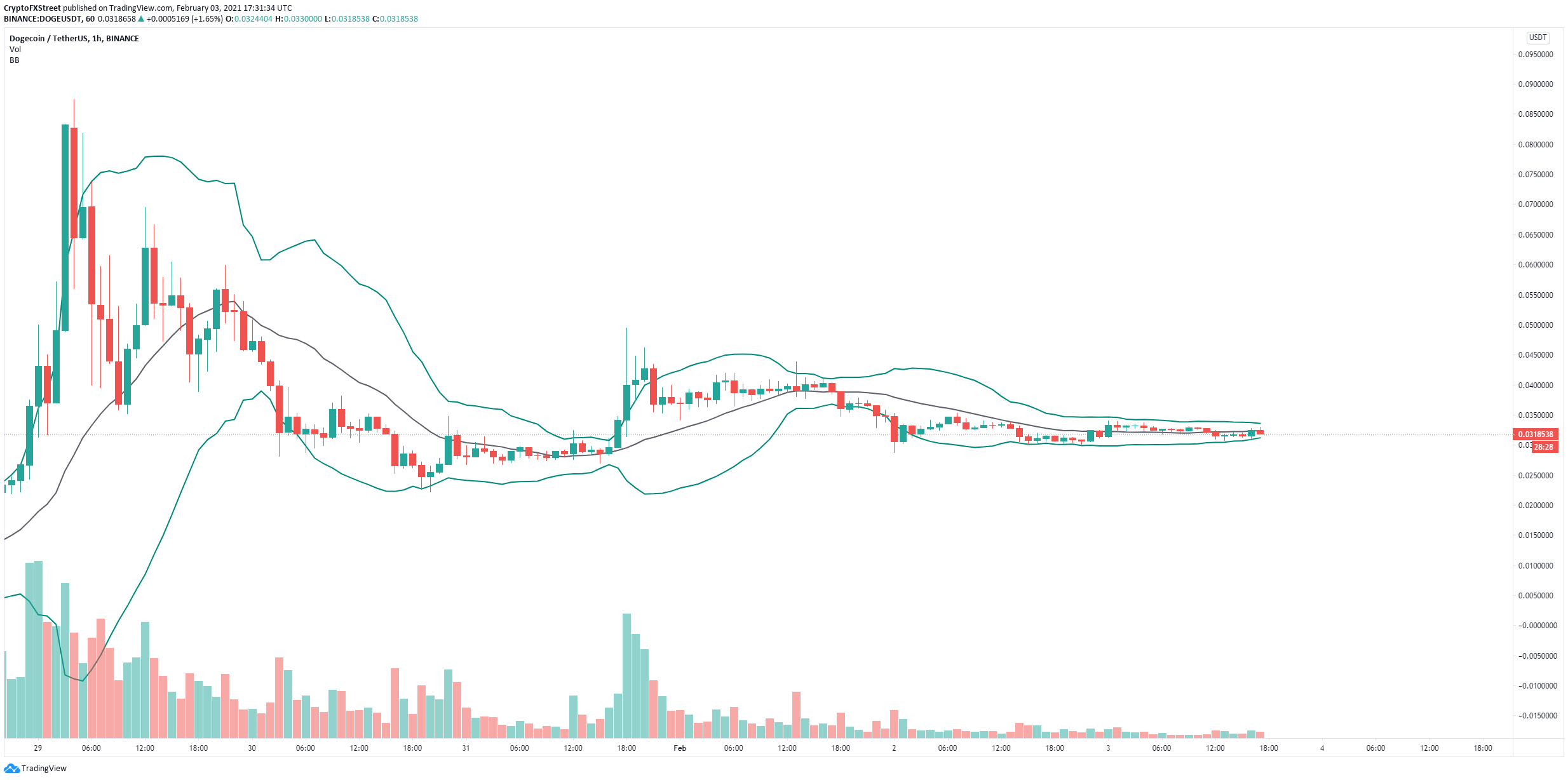
There are many steps involved in data mining. Data preparation, data integration, Clustering, and Classification are the first three steps. These steps aren't exhaustive. Often, the data required to create a viable mining model is inadequate. There may be times when the problem needs to be redefined and the model must be updated after deployment. The steps may be repeated many times. A model that can accurately predict future events and help you make informed business decisions is what you are looking for.
Data preparation
It is crucial to prepare raw data before it can be processed. This will ensure that the insights that are derived from it are high quality. Data preparation may include correcting errors, standardizing formats, enriching source data, and removing duplicates. These steps are important to avoid bias caused by inaccuracies or incomplete data. Data preparation also helps to fix errors before and after processing. Data preparation can take a long time and require specialized tools. This article will explain the benefits and drawbacks to data preparation.
Data preparation is an essential step to ensure the accuracy of your results. Preparing data before using it is a crucial first step in the data-mining procedure. This involves locating the required data, understanding its format and cleaning it. Converting it to usable format, reconciling with other sources, and anonymizing. The data preparation process requires software and people to complete.
Data integration
Data integration is key to data mining. Data can be obtained from various sources and analyzed by different processes. The whole process of data mining involves integrating these data and making them available in a unified view. Communication sources include various databases, flat files, and data cubes. Data fusion is the process of combining different sources to present the results in one view. All redundancies and contradictions must be removed from the consolidated results.
Before data can be incorporated, they must first be transformed into an appropriate format for the mining process. There are many methods to clean this data. These include regression, clustering, and binning. Other data transformation processes involve normalization and aggregation. Data reduction refers to reducing the number and quality of records and attributes for a single data set. In some cases, data is replaced with nominal attributes. Data integration must be accurate and fast.

Clustering
When choosing a clustering algorithm, make sure to choose a good one that can handle large amounts of data. Clustering algorithms that are not scalable can cause problems with understanding the results. Clusters should always be part of a single group. However, this is not always possible. A good algorithm can handle large and small data as well a wide range of formats and data types.
A cluster refers to an organized grouping of similar objects, such a person or place. Clustering is a technique that divides data into different groups according to similarities and characteristics. In addition to being useful for classification, clustering is often used to determine the taxonomy of plants and genes. It can be used in geospatial software, such as to map areas of similar land within an earth observation databank. It can be used to identify houses within a community based on their type, value, and location.
Classification
This step is critical in determining how well the model performs in the data mining process. This step can be applied in a variety of situations, including target marketing, medical diagnosis, and treatment effectiveness. You can also use the classifier to locate store locations. To find out if classification is suitable for your data, you should consider a variety of different datasets and test out several algorithms. Once you know which classifier is most effective, you can start to build a model.
One example is when a credit company has a large cardholder database and wishes to create profiles that cater to different customer groups. They have divided their cardholders into two groups: good and bad customers. The classification process would then identify the characteristics of these classes. The training set is made up of data and attributes about customers who were assigned to a class. The test set would be data that matches the predicted values of each class.
Overfitting
The likelihood that there will be overfitting will depend upon the number of parameters and shapes as well as noise level in the data sets. The probability of overfitting will be lower for smaller sets of data than for larger sets. Whatever the reason, the end result is the exact same: models that are overfitted perform worse with new data than they did with the originals, and their coefficients shrink. These issues are common in data mining. They can be avoided by using more or fewer features.

If a model is too fitted, its prediction accuracy falls below a threshold. A model is considered to be overfit if its parameters are too complex or its prediction precision falls below 50%. Overfitting can also occur when the model predicts noise instead of predicting the underlying patterns. It is more difficult to ignore noise in order to calculate accuracy. An example would be an algorithm which predicts a particular frequency of events but fails.
FAQ
What is Ripple?
Ripple, a payment protocol that banks can use to transfer money fast and cheaply, allows them to do so quickly. Ripple acts like a bank number, so banks can send payments through the network. Once the transaction is complete the money transfers directly between accounts. Ripple doesn't use physical cash, which makes it different from Western Union and other traditional payment systems. Instead, Ripple uses a distributed database to keep track of each transaction.
Is there a limit to the amount of money I can make with cryptocurrency?
There isn't a limit on how much money you can make with cryptocurrency. However, you should be aware of any fees associated with trading. Fees can vary depending on exchanges, but most exchanges charge small fees per trade.
How are transactions recorded in the Blockchain?
Each block contains a timestamp, a link to the previous block, and a hash code. Transactions are added to each block as soon as they occur. This continues until the final block is created. The blockchain is now permanent.
Is there a new Bitcoin?
We don't yet know what the next bitcoin will look like. We do know that it will be decentralized, meaning that no one person controls it. It will likely be based on blockchain technology. This will allow transactions that occur almost instantly and without the need for a central authority such as banks.
Statistics
- In February 2021,SQ).the firm disclosed that Bitcoin made up around 5% of the cash on its balance sheet. (forbes.com)
- As Bitcoin has seen as much as a 100 million% ROI over the last several years, and it has beat out all other assets, including gold, stocks, and oil, in year-to-date returns suggests that it is worth it. (primexbt.com)
- That's growth of more than 4,500%. (forbes.com)
- Something that drops by 50% is not suitable for anything but speculation.” (forbes.com)
- Ethereum estimates its energy usage will decrease by 99.95% once it closes “the final chapter of proof of work on Ethereum.” (forbes.com)
External Links
How To
How do you mine cryptocurrency?
The first blockchains were used solely for recording Bitcoin transactions; however, many other cryptocurrencies exist today, such as Ethereum, Litecoin, Ripple, Dogecoin, Monero, Dash, Zcash, etc. To secure these blockchains, and to add new coins into circulation, mining is necessary.
Proof-of-work is a method of mining. In this method, miners compete against each other to solve cryptographic puzzles. Newly minted coins are awarded to miners who solve cryptographic puzzles.
This guide shows you how to mine different cryptocurrency types such as bitcoin, Ethereum, litecoins, dogecoins, ripple, zcash and monero.